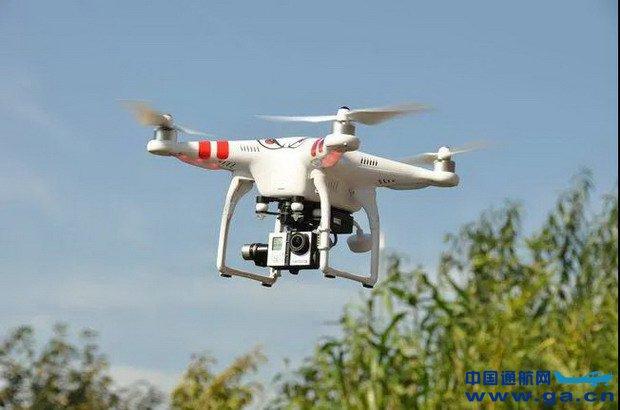In recent years, the use of drones equipped with infrared cameras has surged dramatically across various sectors. These advanced aerial tools are now pivotal in enhancing surveillance capabilities, from law enforcement to wildlife monitoring. As technology advances, drones with infrared cameras are becoming essential for those looking to gain a technological edge in effective surveillance.
The Advantages of Drones with Infrared Cameras
Infrared cameras on drones allow for more than just basic surveillance. They provide the capacity to detect heat sources, offering a unique perspective almost impossible to achieve with traditional camera technologies. This ability to identify differences in temperature makes them invaluable in a multitude of scenarios, such as search and rescue operations, where finding a warm body among natural terrain can mean the difference between life and death.
Applications Across Various Fields
One of the primary sectors utilizing this technology is law enforcement. Drones with infrared cameras can be deployed swiftly to search criminal hideouts or to oversee large operations from a safe distance without alerting potential suspects. They empower authorities with real-time data, ensuring strategic advantages.
Moreover, in the pursuit of sustainability and environmental protection, drones assist in wildlife monitoring. The unique ability to observe nocturnal animal behavior without intruding allows scientists and researchers to collect critical data without disturbing natural habitats.
Improved Construction and Infrastructure Management
The role of drones with infrared cameras extends into the construction industry. Thermal imaging can highlight heat discrepancies and potential leakages in buildings, significantly aiding in efficient maintenance and preventive measures. Inspecting structures like roofs or electrical installations becomes safer and faster, reducing the need for excessive manual labor and ensuring structural integrity.
Understanding the Technology Behind Infrared Drones
Infrared cameras work by detecting infrared radiation, which is emitted by all objects based on their temperature. This radiation is invisible to the naked eye but can be captured by specialized sensors, then converted into a visual format, often appearing as a color spectrum to represent different temperatures
.
Such technological prowess allows drones to capture details invisible to standard visual-range cameras, offering insights that can lead to smarter decisions and rapid reaction times.
Choosing the Right Drone for Your Needs
Selecting the right drone involves considering several factors: flight time, camera quality, range, and price. It’s crucial to determine the primary purpose—be it for commercial use, agricultural survey, or personal exploration—and select a drone that fits those requirements.
Renowned brands such as DJI and Parrot offer a variety of drones tailored for different applications. Understanding the specifications of the infrared sensor, such as the resolution and refresh rate, is vital to making an informed choice.
Future Prospects of Infrared Drones

The future looks promising for drones with infrared cameras. As quality improves and costs decline, we are likely to see increased integration of these machines into everyday societal functions, possibly exploring new horizons in urban planning, disaster management, and beyond.
FAQ
- What makes infrared cameras different from regular cameras? Infrared cameras capture heat emitted by objects rather than visible light, providing the ability to see areas of different temperatures which might be invisible to the naked eye.
- How far can a drone with an infrared camera see? This depends on the camera’s specifications, but generally, high-quality sensors can detect thermal signatures from several hundred meters away.
- Are drones with infrared cameras allowed for personal use? While regulations vary by region, generally, they can be used for personal purposes, though users should always comply with local laws and privacy concerns.
